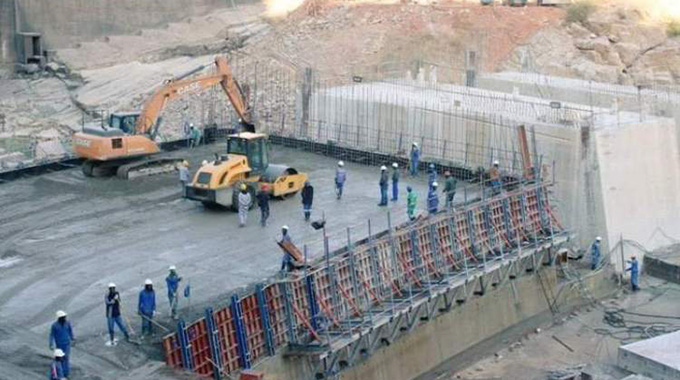Precious Manomano–Herald Reporter
A harvest of nearly 3,8 million tonnes of cereals and oil seeds planted on three million hectares is expected by farmers for the coming season, ensuring continued cereal self-sufficiency for the fourth year running, with surpluses for stock and export and an ever smaller deficit of oil seed.
Maize will be under two million hectares this season, soyabeans will be under 60 000ha, sunflower 160 000ha, sorghum 350 000ha, pearl millet 200 000ha and cotton 270 000ha.
Under Pfumvudza, maize will be under 400 000ha, soyabeans will be under 6 230ha, sunflower 100 000ha, sorghum 250 000ha, pearl millet, 126 577ha and cotton will be under 180 000ha.
The changeover to sunflower rather than soyabean for the main oil seed crop has been progressing fast in the last couple of years, with Pfumvudza farmers making the most of this cash crop.
Under National Enhanced Agriculture Productivity Scheme (NEAPS) for larger commercial farmers, CBZ and the AFC will be financing 40 000ha under maize, 5 000ha under soyabeans, 5 000ha under sunflower and 2 000ha under sorghum.
The country is targeting around 9,5 million Pfumvudza plots to ensure both household requirements with surpluses of grain plus the cash crops to build up rural incomes.
So far, Government is targeting three million rural beneficiaries with a minimum of three cereal plots each, depending on the agro-ecological region.
Statistics from the Ministry of Lands, Agriculture, Fisheries, Water and Rural Development indicate that so far 4 460 tonnes of basal fertilisers have been distributed to all provinces.
About 14 514 tonnes of top dressing fertilisers have been delivered to provinces and 5 120 tonnes have so far been distributed.
About 2 298 tonnes of maize seed have been delivered to the provinces.
Farmers have intensified land preparations, taking advantage of the recent rains to finalise land tilling.
The recent rains have been reported to have covered most parts of the country. Zimbabwe National Farmers Union (ZNFU) president Mrs Monica Chinamasa said the current rains are good for tobacco planting.
“The current rains are good for tobacco planting, but bad to those who have not finished harvesting wheat,” she said.
“Farmers should take the opportunity to scale up land preparations. It is time to fully prepare so that farmers can engage in their different crop productions.”
Farmers are busy with Pfumvudza/Intwasa holing, the making of planting stations, while others are gathering mulching material and other forms of organic matter to deposit in the planting stations, while securing fertilisers and other necessary chemicals as well.
Distribution of Pfumvudza is underway in all provinces and is targeted at 3,5 million households countrywide under the Presidential Input Scheme.
Zimbabwe Indigenous Women Farmers Association Trust president Mrs Depinah Nkomo said if Grain Marketing Board speeds up grain payments, more inputs can be bought.
Like other farmers, she wants to see payment being cash on delivery.
“This will ensure that we go back to the fields well prepared. If we sell our crops on time, we also require payments on time so that we sustain farming and we also procure chemicals, fertilisers and seeds on time,” said Mrs Nkomo.
“We are ready as farmers, but we need support on time to fulfil our obligations as farmers. We rely on farming, so in order to embark on another season we need money.’’
Mrs Margaret Runemo of Katawa Raffingora indicated that farmers should be properly paid, adding that production costs should be considered when setting producer prices.
“We need a mechanism in which inputs are not expensive, which enables farmers to retain profits, which they take home after the season,” she said.
The Government came in strongly with the Pfumvudza/Intwasa conservation scheme, Presidential Input Scheme and National Enhanced Crop Productivity Scheme (known better as Command Agriculture) among other initiatives, which all contributed to the big harvest.
The success is attributable not only to favourable rainfall, but also to early and effective preparations on the part of the Government, farmers and providers of the various inputs.
The Government Climate-Proofed Presidential Input Programme will target 3,5 million farmers from Communal, A1, Small-Scale Commercial Farming, Old Resettlement and the transient urban cultivation sectors for cereals, oilseeds and legumes.



